Insanity For Kids: Catching Up with To Catch a Yeti Director Bob Keen

At first glance the words “To Catch a…” might make you think you’ve stumbled onto a review of Alfred Hitchcock’s 1955 thriller classic To Catch a Thief. Or maybe a few of you assume this is a piece about Chris Hansen’s hidden camera reality show “To Catch a Predator.” Both would be wrong.
Today, we’re going to explore a tiny, overlooked blip in the Canadian made-for-TV universe called To Catch a Yeti – a mid-90s, no-budget, action & adventure/children’s movie starring rock star Meat Loaf as bounty hunter Big Jake Grizzly, chasing a miniature yeti from the Himalayan Mountains all the way to New York City (or what is actually snow-covered Ontario).
Still with me?
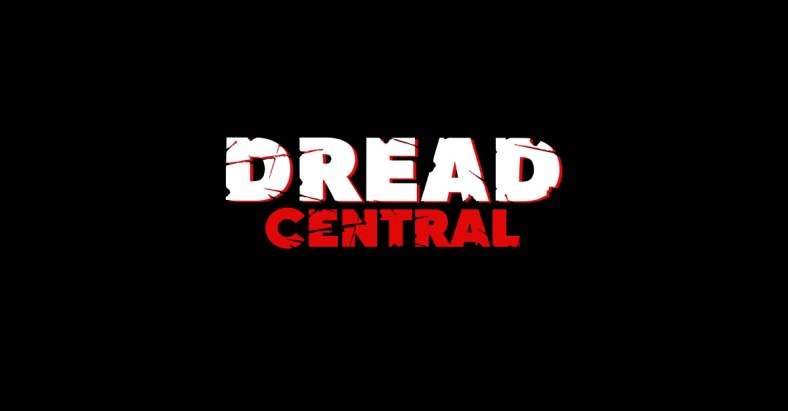
I’ll be the first to admit I like this odd film. It’s set in New York, yet filmed in Canada by a largely British crew. As far as the era it somehow feels much earlier than 1995 though it’s hard to say exactly what decade it belongs in. And much like the “real world” yeti, it’s impossible to pinpoint and decipher what is going on with To Catch a Yeti. It’s an enigma of the small screen.
The true star of our film, Hank the Yeti, is on the run from Big Jake and his simpleminded sidekick, Blubber (played by Canadian native Rick Howland), who are eager to capture him — and thus their reward. After escaping their initial attempt, Hank smuggles himself into a backpack and travels all the way from the Nepalese Himalayas to New York, where he is befriended by the Bristow family (Amy and her two parents, Dave and Kate, played by Chantellese Kent, Jim Gordon, and Leigh Lewis, respectively). The Bristows are your average American suburbanites who exhibit a remarkably fast acceptance of Hank irregardless of his oversized feet, uncontrollable squeaking, and just overall appearance (which resembles that of a genetic mashup of a Furby and a Gremlin). And despite the constant impending danger presented by the bounty hunters, Hank finds himself on a number of curious adventures, from skateboarding to eating pumpkin pie to even sleeping in a refrigerator.
Are you in love yet?
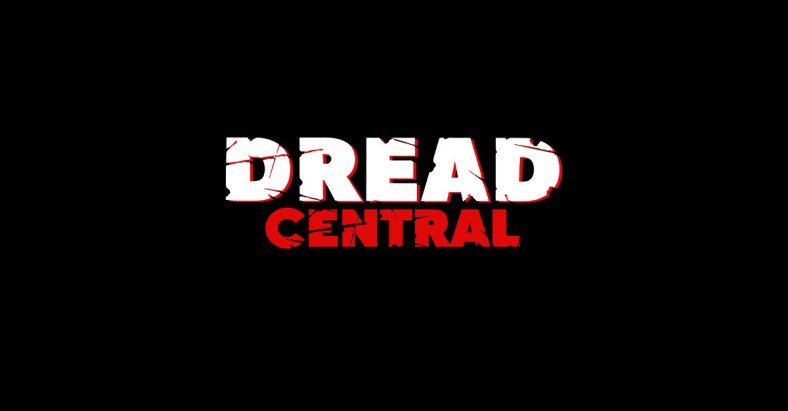
To Catch a Yeti was distributed by the company Dandelion Distribution and made its television debut in January of 1995, playing throughout Canada, the United States, and around the world. (Yes, really.) It also had a limited run on VHS thanks to PolyGram Video and USA Films (with even smaller home video runs on Castle Filmes in Brazil and Videosonic in Greece). Nowadays, tapeheads and aficionados of obscure films might have a tough time finding a copy, though if they do, chances are the asking price will be north of $25. That said, because To Catch a Yeti has yet(i) to see a DVD or Blu-ray release, in my semi-biased opinion it’s worth the hunt and the cash — if only because it’s strangely hilarious and fun…in that harmless, peculiar sort of way.
So, now that I’ve come clean with my love for this film, it should come as no surprise that I spent time (time I will never get back) tracking down both the director, Bob Keen — who also gave the horror world the 1995 film Proteus and spent many years doing creature and make-up effects on such as films as The NeverEnding Story (1984), Waxwork (1988), and Nightbreed (1990) — as well as Rick Howland to ask them about their memories working on To Catch a Yeti. Below are some of the highlights from both interviews.
Bob Keen on To Catch a Yeti:
John Campopiano: How did you first get involved with To Catch a Yeti, and what was your motivation for taking on the project?
Bob Keen: I find Yetis and the possibility of all the mystical creatures intriguing that they could exist in our cold reality. I had worked with the Executive Producer, Noel Cronin, on a very low budget comedy horror film which was shot in Toronto, Canada. When the original director was fired, the budget was cut by 60%. So, through maybe being in the wrong place at the wrong time, I found myself being asked by Noel Cronin to help get him out of a hole. Not the best way to start on any movie, especially your directorial debut!
The film was written by Paul Adam and the late Lionel Shenken. Adam’s original script was incredibly quaint and British (Paul’s script was nothing like the end product). And Paul also had Shepherd on the Rock – a film I wanted to direct.
Paul, as mentioned above, is a great writer. Lionel Shenken, on the other hand, was not. Lionel was the Executive Producer on the Canadian side. He decided that it was necessary to totally re-write Paul’s script. Lionel’s responsibility for the Canadian budget never really materialized, leaving the film – which was already under way – to have to be shot in 13 days on 40% of the budget.
Adam’s script was a story about a father trying to get closer to his daughter and the cruelty of hunting and animal poaching, a subject close to Adam’s and my hearts. Lionel’s script (the one we were eventually forced to use) was a mismatch of collective ideas.
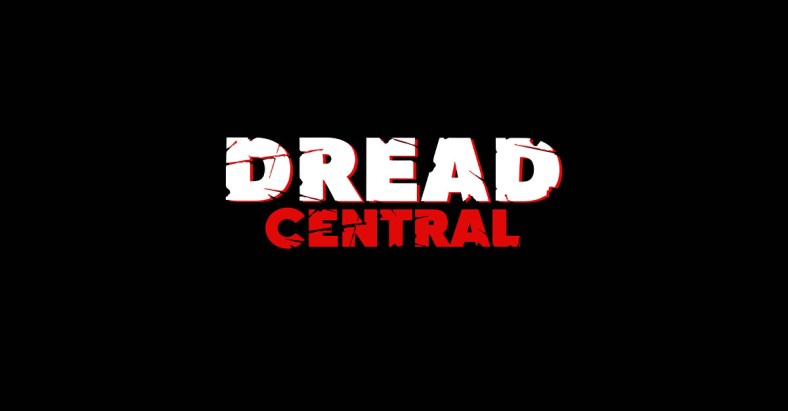
Hank the Yeti and his co-stars chilling on the set of To Catch a Yeti
JC: The plot for To Catch a Yeti is certainly unusual. At one moment it feels like the writers were channeling the likes of Gremlins (1984) and Harry and the Hendersons (1987). There may even be hints of E.T. the Extra-Terrestrial (1982) in there as well. Was To Catch a Yeti attempting to tap into the popularity of those films (produced only a few years earlier)?
BK: The film has an 80’s look and feel, and this wasn’t unintentional. Lionel’s final script certainly was tapping into the Amblin style from that era. [Amblin Entertainment is an American film and television production company founded by director and producer Steven Spielberg.] Also, our micro budget meant that we could only really afford to buy from charity shops who had a lot of 80’s costumes and props.
JC: What can you tell us about the design of the creature, Hank the Yeti? Was there a mixture of puppetry and animatronics? Certainly our Yeti in the film (with his gangly teeth, bug-eyes, and oversized feet) doesn’t exhibit the mythological depictions of Yeti or Bigfoot that many of us are used to.
BK: The script pretty much described the Yeti as you see it on the screen. I have read a few reviews that have criticized the look of the Yeti. What I can tell you is when the film was first released, Noel received large quantities of children’s drawings of Hank. The children seemed to have been able to see through the low budget puppet and enjoy the film for what it is.
JC: Perhaps even more eye-catching than the plot or Yeti creature was Meat Loaf (starring as Big Jake Grizzly, the lead heavy.) How did Meat Loaf get involved with To Catch a Yeti and what was your experience like directing the “Bat Out of Hell” rock star?
BK: Just a week before the shoot our original Big Jake actor (a TV personality who doesn’t need to be named) withdrew from the project as he had been offered a part in a long-running sitcom. Lionel wanted to cast a local actor (mainly so that he wouldn’t have to pay hotels, flights, or per diems), but Noel needed a name to help with international sales. Noel had worked on something with Meat Loaf in the UK. Meat Loaf is and was much larger in the UK than in the US. At first I was confused to see how Meat Loaf could replace our original actor. They couldn’t have been further apart. I spoke to Meat Loaf on the phone and was convinced that he was/is perfect for the film.
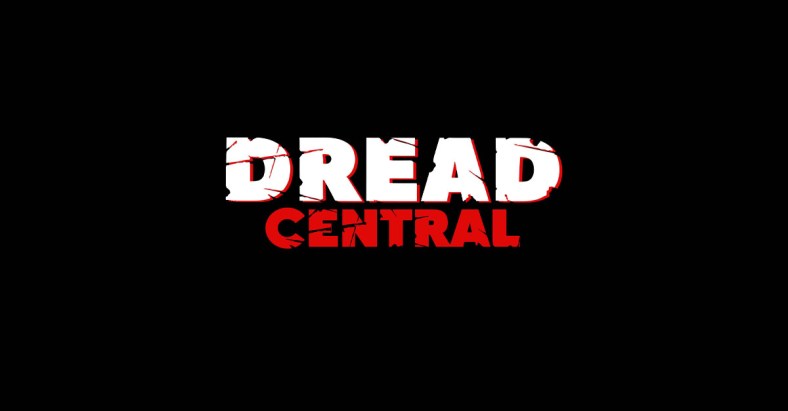
Bounty hunter, Meat Loaf, eyes his prize: Hank the Himalayan Yeti
JC: Like a lot of children’s films, there are certainly some tongue-in-cheek moments in To Catch a Yeti. One reviewer of the film commented that some of these more slightly bizarre of suggestive moments would have appealed to the likes of Roald Dahl or even horror/thriller moviegoing adults. Were the more tongue-in-cheek elements added consciously – perhaps with the hope of also appealing to adult viewers – or did they just occur organically?
BK: With a frantic schedule and a disappearing budget, the survival instincts from the cast and crew kicked in. The bizarre moments kind of grew out of the madness. Meat Loaf is a fantastic actor and was generous and professional. He also contributed greatly to his and Blubber’s characters. Meat Loaf and Rick Howland (Blubber) saved the day keeping it light and fun, even breaking into musical numbers in between the takes. So, yes, this was definitely organic growth.
JC: From what I’ve read, it seems like the film sat completed from 1993 until it finally aired on television in January 1995. Why was there such a delay?
BK: Two days after wrapping principal photography, I headed back to England to direct Shepherd on the Rock as I had been contracted for only the shoot on Yeti. The film then entered a prolonged post-production, mostly because of lack of funds, but also as some American cable networks had gotten interested in this tiny film. I was kind of disturbed to see the various cuts as we’d originally decided to play Hank as a shy, hardly seen character. Instead every available shot was held onto forever. There is an old saying in special FX: The special effects triangle is made up of three parts – Quality, Budget, and Screen Time. The rule is you can have any two. So if you want a lot of screen time, you need high quality and so a big budget. Lionel and the US cable networks wanted lots of Yeti screen time, but they had no budget so consequently the quality suffered.
JC: As someone who has seen his fair share of Canuxploitation, I know that oftentimes film productions would head north to Canada in order to save money. Was the reason for filming To Catch a Yeti in Canada financially driven or were there other reasons?
BK: Financially driven, but they did have the snow. The film would’ve been a completely different animal if it had been shot in the UK as originally planned. But it probably would not have made so much money. This was a no-budget film. My only ambition was to get through the shoot without killing the cast and crew, which I think we achieved. Surprisingly, the film was a financial hit, being picked up by numerous cable stations throughout the world and playing hundreds of times on some channels.
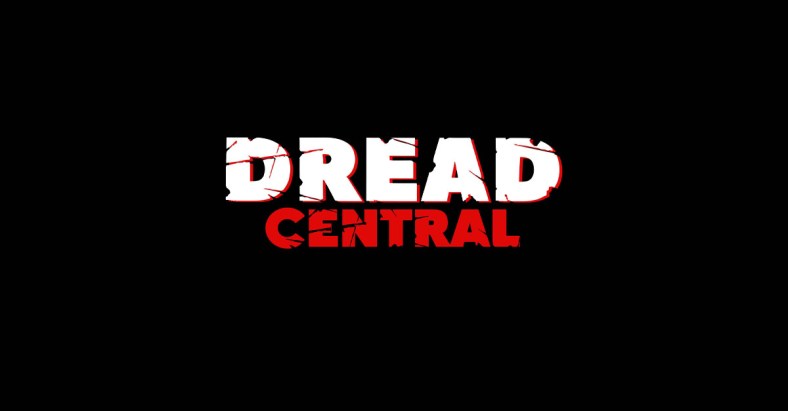
Hank the Yeti keeping it cool on the set of To Catch a Yeti
JC: I suspect it isn’t news that critics and average viewers who have seen To Catch a Yeti tend to criticize it for being a “bad” or b-movie. As the man who sat behind the camera, how have you come to terms with these criticisms over the years?
BK: To Catch a Yeti is not a good movie. So by definition it is a bad movie. It doesn’t even qualify as a b-movie. It’s a no-budget children’s film. Why people think it’s anything more than that and worthy of such critical scrutiny is beyond me. [Author’s note: Bob’s right. Some people seem to really hate this film. One IMDb reviewer titled their review of To Catch a Yeti, “…Like slowly being dipped in feces.” Now that’s hatred.
JC: Being considered a “bad movie” isn’t necessarily a bad thing, in my opinion. RiffTrax – comedy audio commentaries of movies, television programs and short films featuring Mystery Science Theater 3000 comedians – had fun with To Catch a Yeti back in 2015. I might consider getting this type of attention as a right of passage for a true, bad or b-movie. What do you make of the film getting this sort of attention 20+ years after it first aired?
BK: Lionel may have been right. If we had gone with a no-name actor instead of Meat Loaf, no one would be talking about this film. Most of the highly critical reviews seemed to come from 2013, twenty years after it was made. I have no idea why this tiny film angers some people into writing with such animosity. For me, the film was about the crew and cast who were there and helped me battle through. The shoot felt like we were all comrades who hunkered down together and survived the budget and the situation. I’d like to thank them for their incredibly hard work and hope that they enjoyed the time as much as I did.
Rick Howland on To Catch a Yeti:
John Campopiano: Your role as Blubber in To Catch a Yeti was your first professional acting gig. How did you get involved with the project and what was it like for you?
Rick Howland: I went to an open casting call. It was a non-union movie and my first ever on camera gig. I think I had to go for a call back or two and then booked it. It was very satisfying to get the part. I learned a lot about the film industry and filmmaking. Most importantly I learned what it was like to work on a film set. It was a full month of being in front of the camera — invaluable experience.
JC: How familiar were you with the storyline when you first accepted the role of Meat Loaf’s faithful sidekick?
RH: I knew my character and what I had to do – that didn’t change much. I am not sure how many rewrites the story went through or how much it changed. All the actors were allowed to give input into the script as we went along. I had my part to do and didn’t concern myself with what happened in the scenes with the families if my character wasn’t involved or didn’t know that information. Blubber was kind of dumb so I didn’t have to have any sort of wisdom around life or the world we were in or anything at all really, ha ha. I made up some kind of backstory for him of how he became Big Jake Grizzly’s sidekick and that he was a permanently confused and baffled New Yorker.
The character really came through when they attached the belly around me to really make me Blubber. It was a pregnancy belly from a costume house called Thunder Thighs Costumes in Toronto, Canada. At some point it became a part of me, and the crew would laugh when they saw me scratching it.
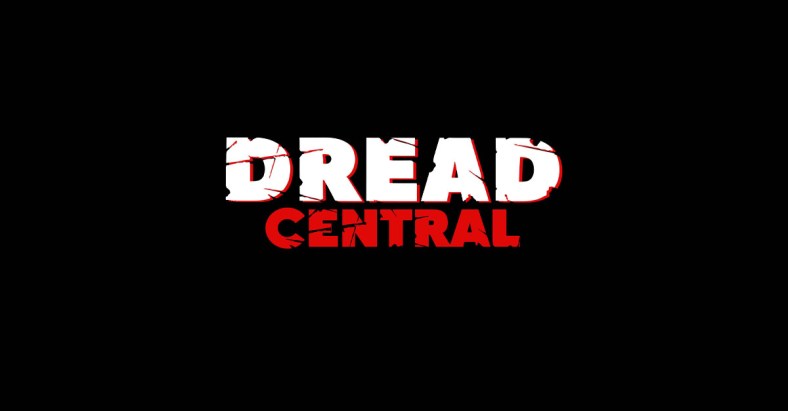
Rick Howland and his prop belly on the set of To Catch a Yeti
JC: As a novice actor it must have been exciting to work alongside the likes of Meat Loaf (known at that point for not only his music but for such films as The Rocky Horror Picture Show).
RH: I was pretty blown away when I found out that I was playing opposite Meat Loaf. Such a nice guy – really down to earth and a great storyteller. He told me he had met Elvis after The Rocky Horror Picture Show. Elvis died when I was young – on my mom’s birthday actually – and she liked Elvis. So, getting a chance to ever meet him would have been impossible, but because I met Meat Loaf, who had met Elvis, it was one degree of separation between me and The King of Rock and Roll! He made me feel so comfortable from the moment I met him. We would talk about acting and music, and we worked our scenes together, running lines and creating funny moments as often as we could.
JC: I know you’re not just an actor – you’re also a musician. Just for fun: If someone commissioned you to write a song dedicated to Hank the Yeti, what would the title be?
RH: “The Littlest Yeti”
Hank was a Himalayan Bigfoot, a Yeti
He had really big feet
But was more like a Teddy
[Author holds a lighter in the air, and pours out a little liquor for Hank the Yeti]
Categorized:News

